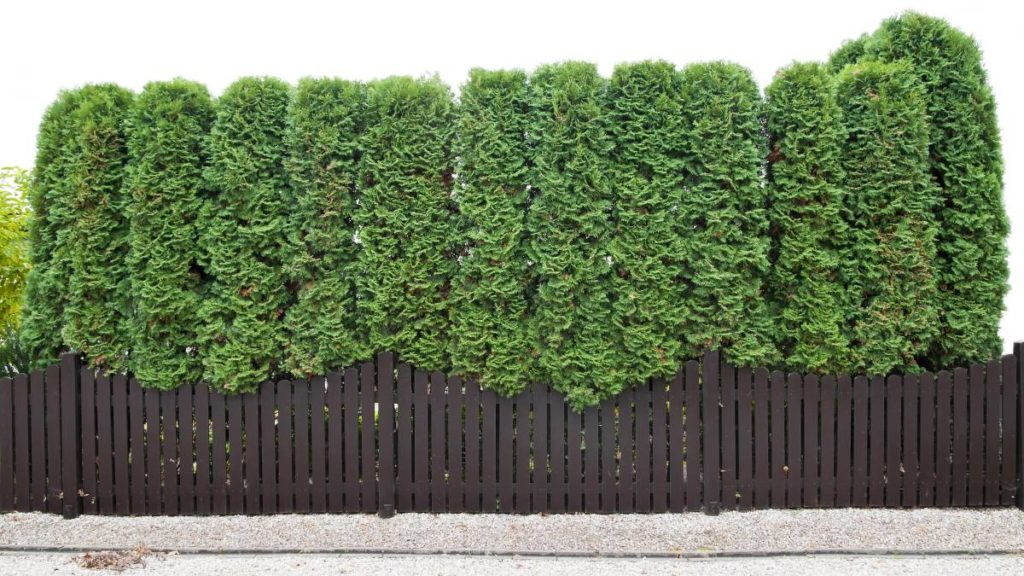Wind can play havoc on many things around your home. Planting a windbreak can provide some relief from a relentless gale and it may also help you with home temperature regulation, while providing habitat for wildlife. Windbreaks can also reduce soil erosion, increase landscape beauty, provide privacy and screening, and provide some protection from fires.
An effective windbreak should be planted at right angles to the prevailing direction of cold winter and hot summer winds. Windbreaks should consist of at least two rows (up to five if you have the space) with a diverse range of species of various heights to create fairly dense foliage from ground level to tree tops.
The length of the windbreak should be at least 10 times the height of the tallest trees. The area protected by a windbreak is generally 15-20 times the height of the tallest trees.
Rows should be between 2 and 4 yards apart, with the tallest trees in either the center or windward row and be planted 3 to 6 yards apart. Smaller trees and larger shrubs should be planted on the outer rows, spaced 2 to 4 yards apart. The smallest shrubs should be planted on the outer edges 1 to 2 yards apart. 
Evergreen trees can be trimmed when they are young to encourage bushy growth close to the ground; you can also combine the plants with a wall, fence, or earth berm. Make sure if you are planting evergreens that they are not too close to the south side of your house (in the Northern hemisphere), as you want to be able to collect passive solar heat from the winter sun.
You can also use plants to create insulation for your home. Shrubs can help trap air next to your house, but make sure they are pruned at least one foot away from the wall.
You can read the original article at www.canberratimes.com
